A new drone system from Freefly Systems, the Flying Sun 1000, promises to transform nighttime operations by delivering stadium-level illumination from the air. Equipped with 288 high-power LEDs, this quadcopter generates 300,000 lumens, enabling construction, emergency response, and filmmaking in near-daylight conditions. Unlike traditional lighting solutions, the drone offers mobility, rapid deployment, and enhanced safety, potentially redefining how industries tackle low-light challenges, reports Fast Company.
A Bright Solution for Nighttime Challenges
The Flying Sun 1000, built on FreeFly Systems‘ Alta X heavy-lift quadcopter, addresses the limitations of conventional lighting systems. “Traditional light towers are bulky, slow, and costly to set up, often leaving gaps in area coverage,” Freefly Systems notes. Ground-based lights require extensive cabling and infrastructure, creating trip hazards and electrical risks, especially in disaster zones with flooding or debris. The Flying Sun 1000, by contrast, hovers above, delivering a 60-degree spotlight that moves with crews, covering up to 130,000 square feet (12,077 square meters).
At 100 feet (30.5 meters) altitude, the drone illuminates 14,000 square feet (1,301 square meters) at 10 foot-candles—comparable to a well-lit parking lot or hallway. At 316 feet (96 meters), coverage expands to 137,000 square feet (12,728 square meters), though intensity drops to 1 foot-candle, akin to bright moonlight. This flexibility allows operators to adjust altitude for specific tasks, from detailed construction work to broad-area Search and Rescue.
Technical Breakdown: Power and Cooling
The system’s 288 LEDs, arranged across four 72-lamp panels, draw 3,333 watts—equivalent to a stadium floodlight. To manage heat, Freefly leverages the Alta X’s propeller downwash. “The downwash from the drone’s propellers actively cools the LED lights,” the company explains, ensuring “thousands of hours between light service.” This thermal management prevents overheating, extending component lifespan and maintaining performance during extended operations.
The Alta X platform, designed for payloads up to 33 pounds (15 kilograms), typically offers 20–50 minutes of flight time on dual 16-Ah lithium-ion batteries, depending on load. However, the Flying Sun 1000’s LEDs reduce untethered flight to an estimated 5–10 minutes at full brightness.
For longer missions, a tether to a 5-kilowatt generator, battery bank, or electric vehicle enables indefinite operation, making it ideal for prolonged emergency responses or night shoots. The drone’s foldable propellers and compact design allow a single operator to deploy it in minutes, a stark contrast to the crews needed for traditional lighting rigs.

Industry Applications and Market Implications
The Flying Sun 1000 targets commercial and government sectors, with applications spanning construction, security, disaster relief, and filmmaking. In construction, its mobility eliminates downtime from repositioning lights, enhancing productivity on 24-hour sites. For emergency response, the drone’s ability to illuminate rugged terrain without ground infrastructure could expedite search-and-rescue missions.
“It avoids risks in disaster areas, where there’s often flooding and other potential electrical and trip hazards,” Freefly Systems highlights.
In filmmaking, the drone’s diffused overhead lighting reduces glare and shadows compared to ground-based spotlights, offering directors unprecedented flexibility. A cinematographer could, for instance, simulate daylight for a night scene without the noise and cost of a helicopter, which Freefly notes as a key advantage: “Helicopters generate thundering noise and wind,” whereas the Flying Sun operates quietly and efficiently.
Priced at $60,000, including tether and control systems, the Flying Sun 1000 carries a premium over traditional setups—10 light poles and lamps cost roughly $20,000. Yet, Freefly argues the investment pays off through lower labor costs, minimal maintenance, and instant repositioning.

Regulatory and Environmental Considerations
Operating a 33-pound (15-kilogram) drone like the Alta X requires compliance with aviation regulations. In the U.S., the Federal Aviation Administration (FAA) mandates registration and a Part 107 license for commercial use. Night operations require anti-collision lighting and may face restrictions in controlled airspace, necessitating waivers for extended missions. Tethered flight, while extending runtime, introduces additional safety considerations, such as securing the tether to prevent entanglement or power disruptions.
Environmentally, the Flying Sun 1000 offers advantages over traditional lighting. Eliminating ground installations reduces land disturbance, a factor in sensitive disaster zones or filming locations. However, the drone’s energy consumption—3,333 watts at full power—demands efficient power sources. Pairing it with renewable energy, like solar-charged batteries, could further lower its carbon footprint, though most operators will likely rely on generators for now.
Competitive Landscape and Future Outlook
Freefly Systems, based in Woodinville, Washington, is known for camera stabilizers and cinematography drones, giving it a strong foothold in filmmaking. The Flying Sun 1000 extends its portfolio into industrial applications, competing indirectly with lighting manufacturers and specialized drone firms. While no direct rival matches its 300,000-lumen output, companies like DJI, with heavy-lift models like the Matrice 350 RTK, could pivot into similar solutions if demand grows.
The drone’s price and niche focus limit it to well-funded organizations, but its versatility could spur broader adoption. As battery technology improves, untethered flight times may increase, expanding its appeal. Meanwhile, advancements in LED efficiency could yield even brighter systems, pushing the boundaries of aerial lighting.
DroneXL’s Take: A Game-Changer with Caveats
The Flying Sun 1000 is a bold leap for aerial lighting, blending Freefly’s cinematography expertise with industrial utility. Its ability to deliver stadium-grade illumination from a mobile platform addresses real pain points—cumbersome setups, safety risks, and coverage gaps.
For DroneXL readers, from professional pilots to enthusiasts, the drone showcases how UAVs can solve practical challenges beyond imaging or delivery.
READ MORE: DJI ENTERPRISE TEASES POWERFUL SPOTLIGHT AND SPEAKER PAYLOADS FOR MATRICE 350 RTK
Yet, skepticism is warranted. The $60,000 price tag demands clear cost-benefit justification, especially for smaller operations. Battery life constraints without tethering limit untethered use, and regulatory hurdles for night flights could complicate deployment. Still, Freefly’s cooling innovation and rapid setup make this a compelling tool for high-stakes missions. If costs drop or competitors emerge, aerial lighting drones could become standard in industries where light means progress.
Photos courtesy of FreeFly Systems.
Discover more from DroneXL.co
Subscribe to get the latest posts sent to your email.
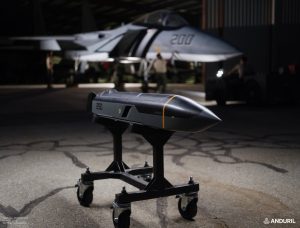
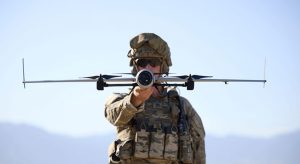
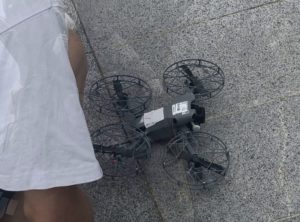


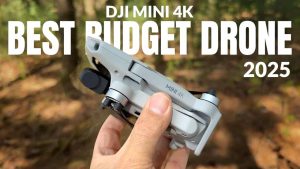

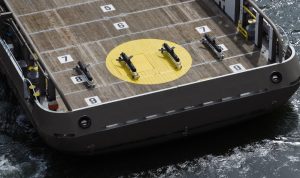
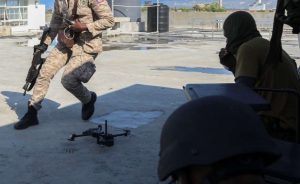
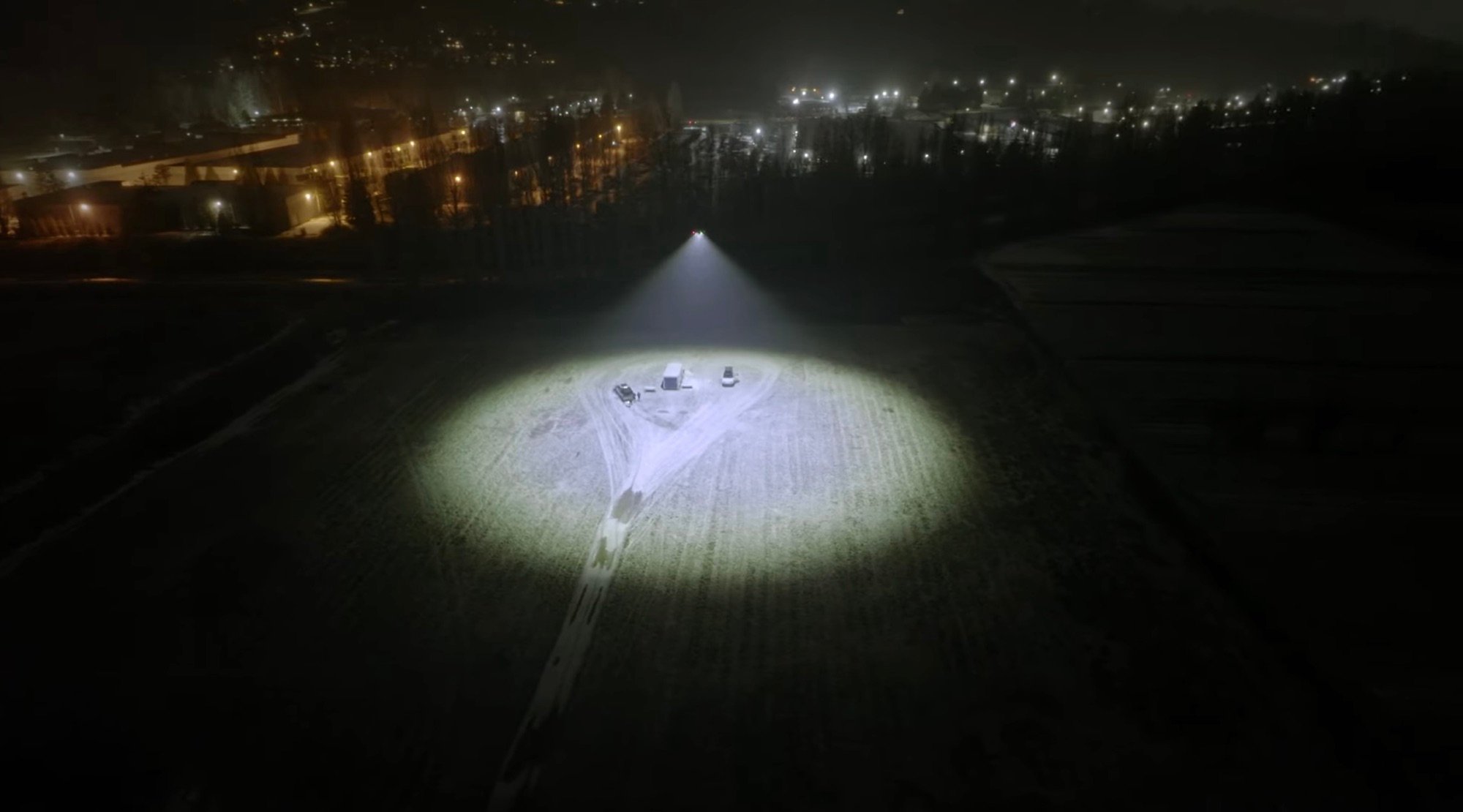

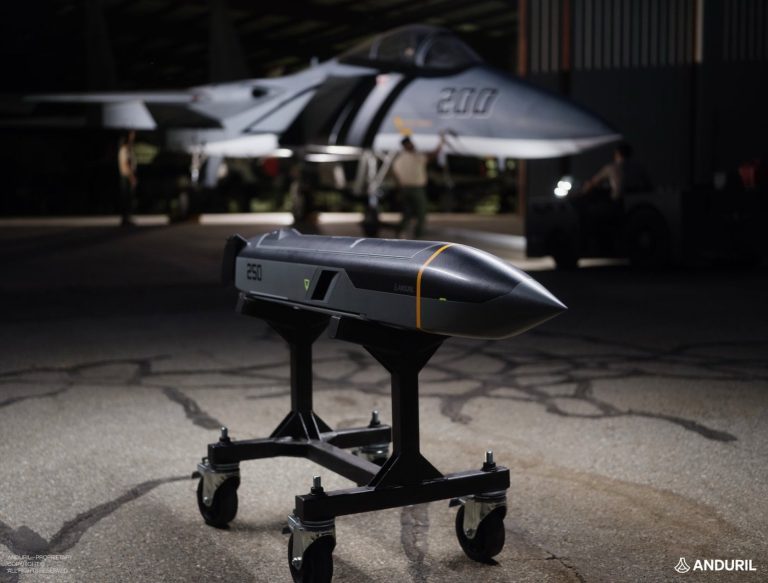
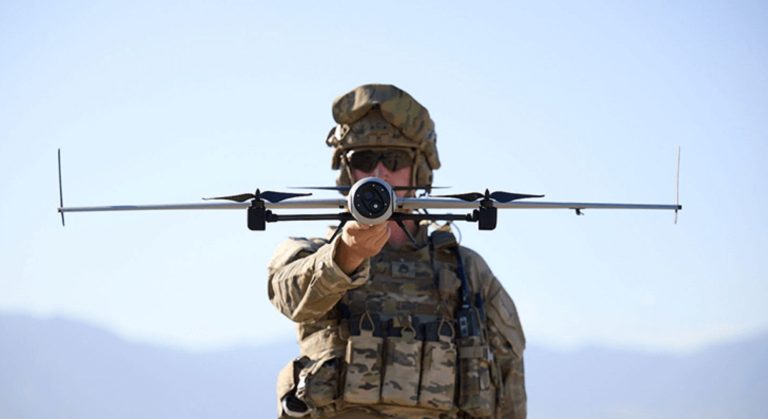
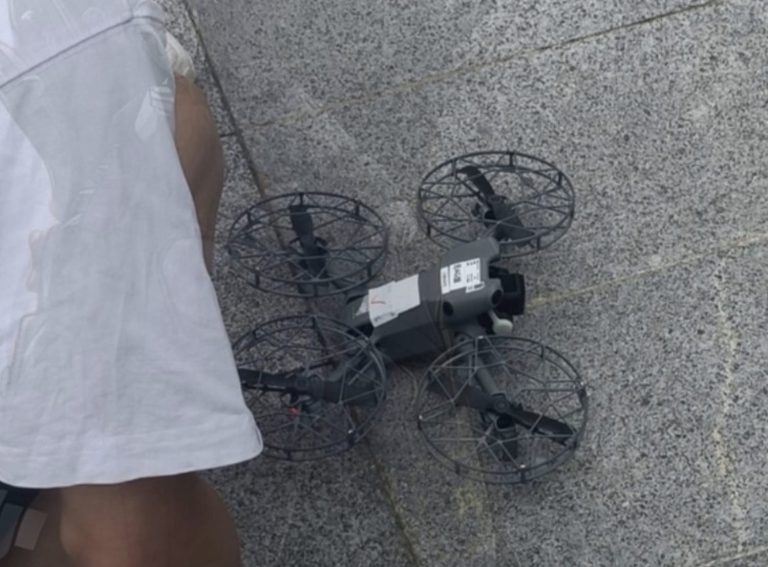

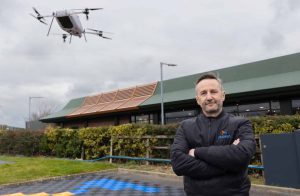
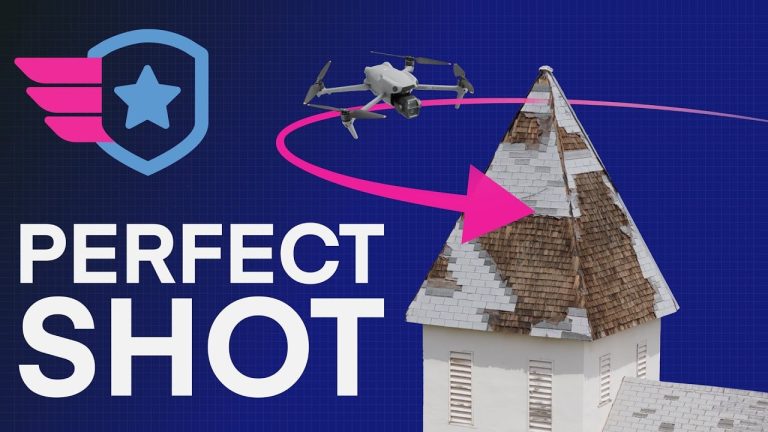
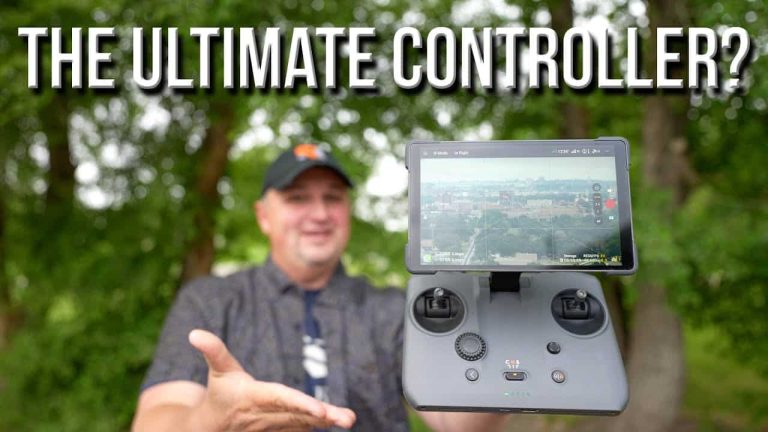
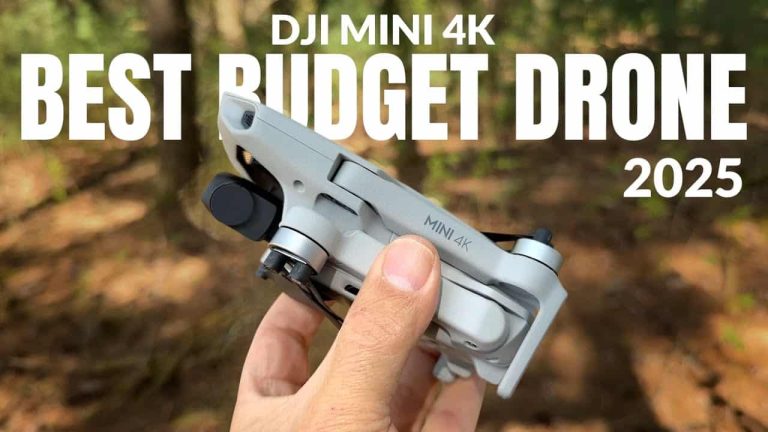

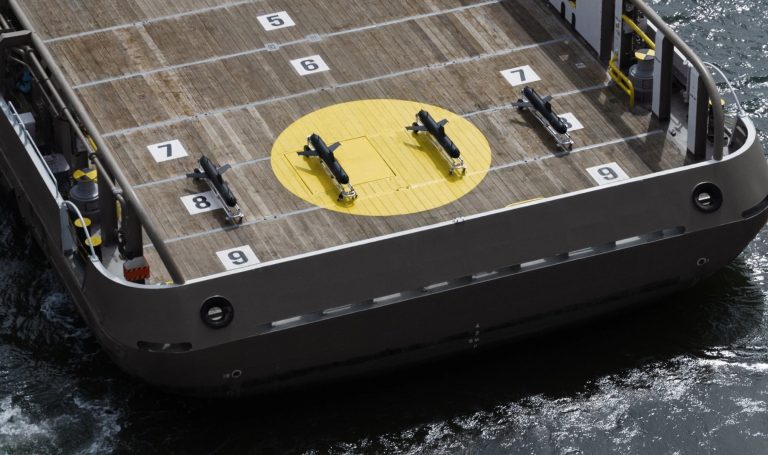
+ There are no comments
Add yours